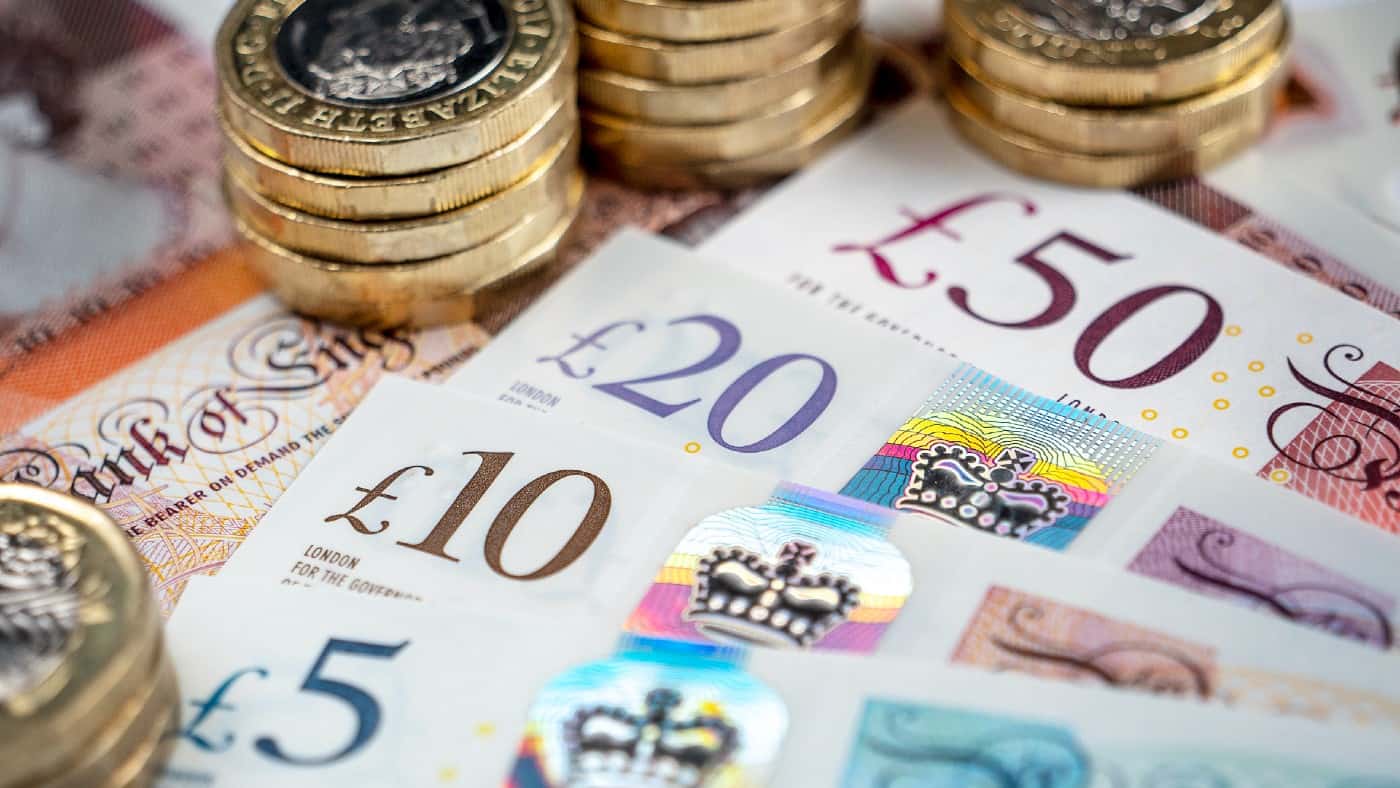Creating a decent amount of savings is a tough task for most of us. There are plenty of reasons for this, ranging from the practical to the psychological. But the crux of the matter is – it’s just hard.
I love personal finance and being frugal. On top of that, I have a qualification as a financial adviser. Yet, I still struggle to save as much as I’d like sometimes!
Over the last year or so, I’ve been able to change my approach to saving and it’s allowed me to save twice as much as normal. Here’s what worked for me – hopefully, it can help you boost your finances too.
[top_pitch]
The most important part of doubling my savings
I’m very lucky to have a partner with whom I live with and split living costs. Since being together, we’ve both earned roughly the same amount of money. This has kept our finances quite simple, as we just split everything 50/50.
The following information does relate to a two-income household. Neither of us are big earners, but if you live alone your situation will be different.
There are a lot of people married or in a couple who don’t properly combine their financial power. If you’re one of those couples, I sincerely recommend working as a team when it comes to your money.
My ability to greatly boost my savings rate is down to the joint effort of me and my partner.
What I did to double my savings and investing rate
I’ve always travelled, worked various jobs, and had various levels of income. So in the past, I would simply set a target savings amount based on what I was earning.
This savings rate would often change and I couldn’t rely on automatic consistency. But for a long time, I would aim to save between £200 and £300 each month.
On minimum wage and following the 50-30-20 rule, this would roughly work out to be 20% of my take-home pay.
My partner and I decided to switch things up and try to leverage our joint finances to our advantage. So we began to pretend that we were in fact a single-income household.
Instead of saving individually, we combined forces. For us, this meant using my partner’s income for all of our day-to-day living expenses, and everything I earned was immediately saved and put away.
[middle_pitch]
The advantages of saving this way
By making this simple change, we began to save between £1,000 and £1,500 each month.
So, on an individual level, I was technically now saving £500 to £750. This was more than double what I’d previously been able to achieve, and it was more than my partner was ever able to manage.
Putting these new figures into a savings calculator and seeing how much quicker we’d reach our goals gave us both all the motivation we needed to keep up the effort.
Because we were combining our money this way, it stopped both of us from making unnecessary purchases. We were both much better at avoiding spontaneous spending or treating ourselves all the time. If I wanted to rack up a huge bill shopping on Amazon, I’d have to justify this to my partner and vice versa!
We could still spend money on what we wanted, but just having this extra level of friction when making purchases made us both act much more consciously when it came to spending our limited funds.
The disadvantages of saving this way
Boosting our savings by so much was obviously fantastic, but it’s not without its drawbacks.
Living on just one salary meant things could be pretty tight. So we had to make sure we budgeted and tracked our spending properly.
Another drawback was that we’d always end up spending all of my partner’s income. Sometimes, this would have a negative effect psychologically because it would feel like we were living paycheck to paycheck.
We would often have to remind each other that this wasn’t the case, and we were actually saving heaps! But occasionally, it just didn’t feel that way.
Final thoughts on savings
Obviously, not everyone has a partner with whom they can share financial responsibilities.
However, there are other ways you can streamline your finances and work towards your goals. When I used to live with a flatmate, we shared our grocery shops and took turns cooking. Taking this one step reduced our individual spending on food by a massive amount.
So look for different ways you can leverage your finances to get more bang for your buck. With a little effort, you’ll be surprised at how much you can pump up your savings.







